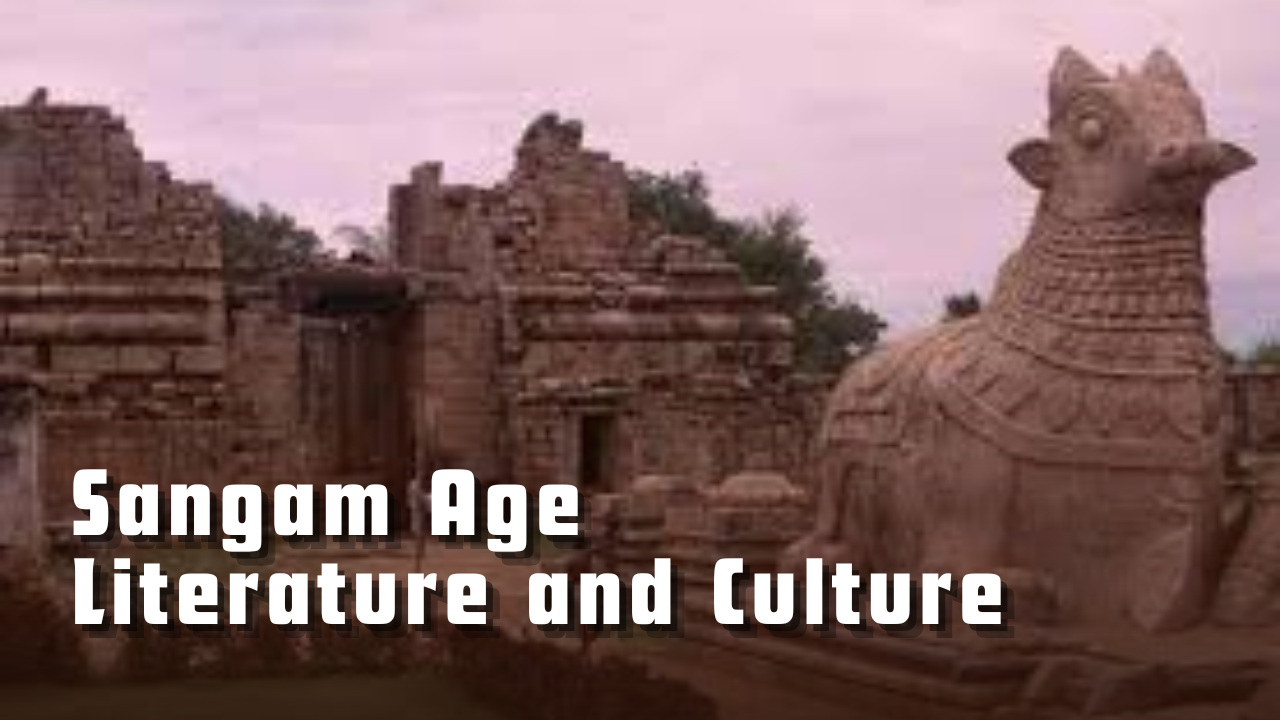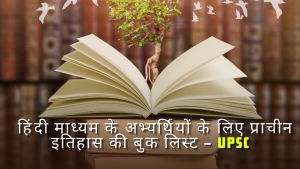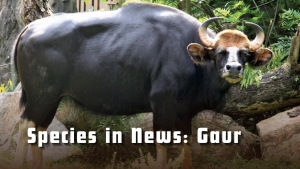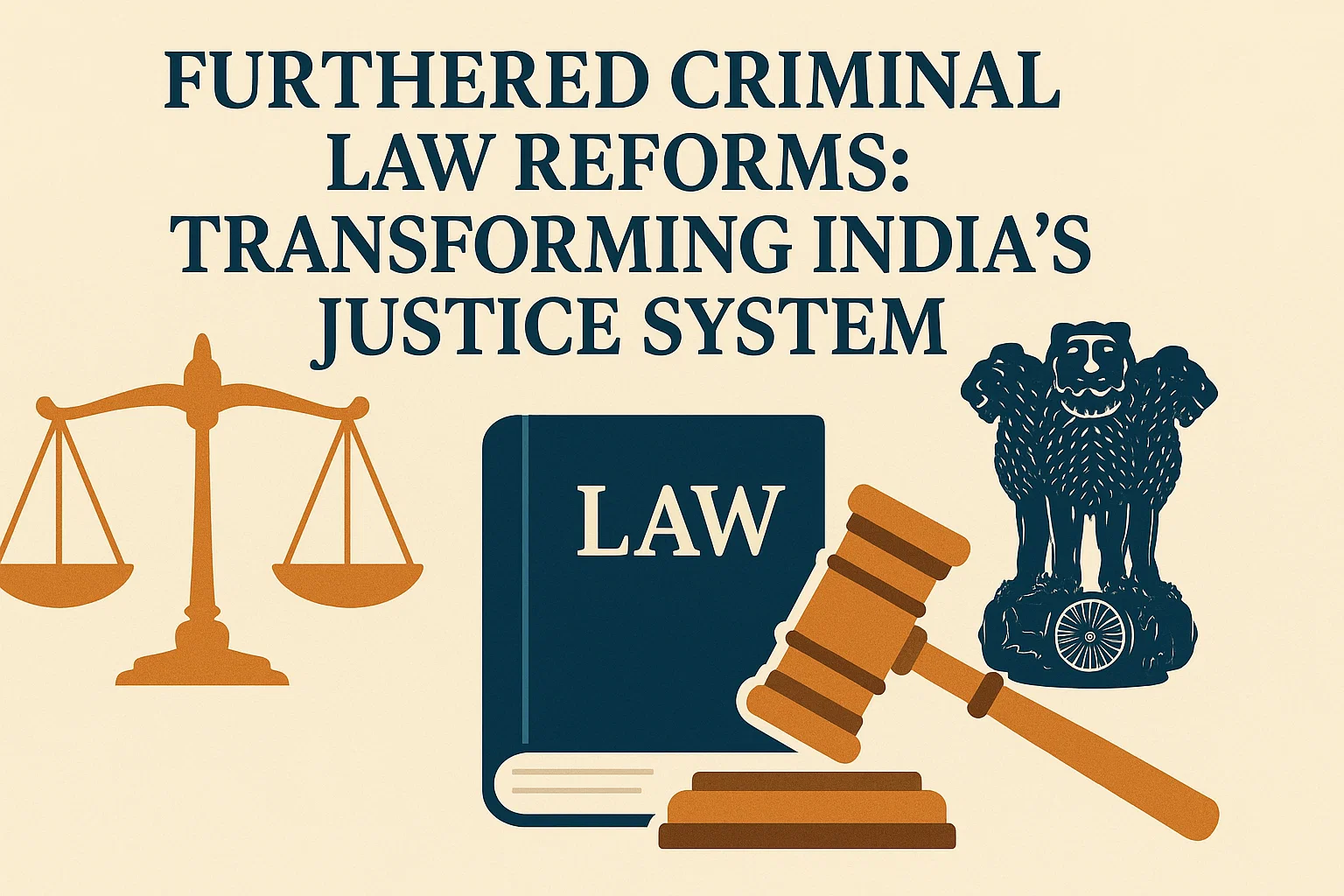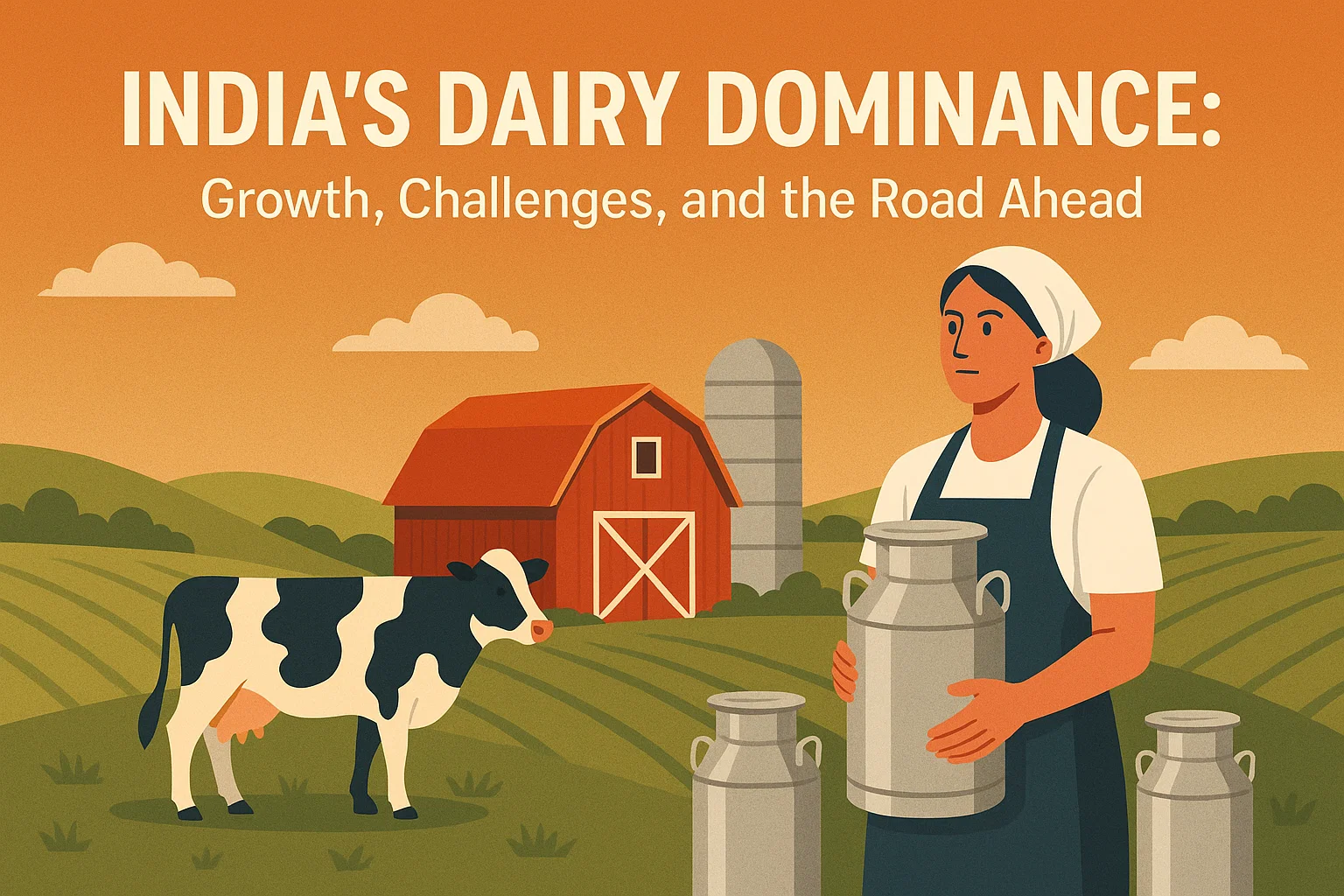Sangam Age: Literature and Culture
Explore the Sangam Age in depth – from ancient Tamil literature like Tolkappiyam and Silappathigaram to the political history of the Cheras, Cholas, and Pandyas. This UPSC-ready guide covers society, economy, religion, ports, Roman trade, and cultural life, making it essential for GS Paper I, Prelims, and Essay. Includes themes like Aham and Puram, hero worship, and Virarkal traditions.

The Sangam Age is important for UPSC as it provides valuable insights into early South Indian history, covering the political, social, economic, and cultural aspects of the Cholas, Cheras, and Pandyas. The rich Sangam literature, like Tolkappiyam and Pattuppattu, is a key source for understanding Tamil society, trade with Rome, urbanisation, and local governance. It is relevant for both Prelims (factual questions on rulers, ports, and texts) and Mains (GS I – society, culture, and literature). It also aids in essay writing and adds depth to ethics through ancient values. Its multidisciplinary nature makes it a high-scoring and frequently asked topic.
About Sangam Age
- The Sangam Age is a key period in the history of South India.
- Tamil tradition mentions three Sangams (assemblies of poets), collectively known as Muchchangam.
- These Sangams were held with the support of the Pandya rulers.
- The First Sangam was held at Then Madurai and was attended by gods and sages, but no literary work from it has survived.
- The Second Sangam took place at Kapadapuram; its works are lost except for the Tolkappiyam, a Tamil grammar text.
- The Third Sangam was held at Madurai and founded by Mudathirumaran; many poets participated and created extensive literature, but only a few works have survived.
- The surviving Tamil literary texts are important historical sources for studying the Sangam Age.
Sangam Literature

- Tolkappiyam, written by Tolkappiyar, is the oldest known Tamil literary work. Though mainly a treatise on Tamil grammar, it also sheds light on the political, social, and economic life of the Sangam age.
- Ettutogai includes eight anthologies:
- Aingurunooru, Narrinai, Aganaanooru, Purananooru, Kuruntogai, Kalittogai, Paripadal, and Padirruppattu.
- Pattuppattu contains ten poetic compositions:
- Thirumurugarruppadai, Porunararruppadai, Sirupanarruppadai, Perumpanarruppadai, Mullaippattu, Nedunalvadai, Maduraikkanji, Kurinjippattu, Pattinappalai, and Malaipadukadam.
- Both Ettutogai and Pattuppattu are broadly classified into two thematic categories:
- Aham (themes of love and personal emotions)
- Puram (themes of war, heroism, and public life)
- Pathinenkilkanakku, comprising 18 works, primarily deals with moral and ethical teachings. The most renowned among them is Tirukkural by Thiruvalluvar.
- The epics Silappathigaram (by Ilango Adigal) and Manimegalai (by Sittalai Sattanar) offer rich insights into the social structure and political setup of the Sangam period.
Period of Sangam Literature
- The chronology of Sangam literature is still debated among scholars.
- A key reference is the contemporaneity of Gajabhagu II (Sri Lanka) and Cheran Senguttuvan (Chera dynasty).
- This connection is supported by Silappathigaram and Sri Lankan chronicles like the Dipavamsa and Mahavamsa.
- Roman coins from the 1st century A.D. have been found in large numbers in Tamil Nadu, indicating foreign trade
- Based on literary, archaeological, and numismatic evidence, the period of Sangam literature is generally placed between the 3rd century B.C. and 3rd century A.D.
Political History
During the Sangam Age, the Tamil region was governed by three major dynasties — the Cheras, Cholas, and Pandyas. Their political history is primarily known through references found in literary sources.
Cheras
- The Cheras ruled parts of present-day Kerala.
- Their capital was Vanji.
- Important seaports: Tondi and Musiri.
- Their royal emblem was a garland made of palmyra flowers.
- The Pugalur inscription (1st century A.D.) mentions three generations of Chera rulers.
- The Padirruppattu offers additional information on Chera kings.
Prominent Rulers:
- Perum Sorru Udhiyan Cheralathan
- Imayavaramban Nedum Cheralathan
- Cheran Senguttuvan (2nd century A.D.)
Cheran Senguttuvan:
- His younger brother was Elango Adigal, author of Silappathigaram.
- Conducted a successful military expedition to the Himalayas, defeating several North Indian kings.
- Introduced the Pattini cult in Tamil Nadu—worship of Kannagi as the ideal wife.
- Brought a stone from the Himalayas to make the idol of Kannagi.
- The consecration ceremony of the idol was attended by many princes, including Gajabhagu II of Sri Lanka.
Cholas
- The Chola kingdom during the Sangam age stretched from present-day Tiruchi district to southern Andhra Pradesh.
- Their capital was initially at Uraiyur, later shifted to Puhar.
- Karikala Chola was a notable ruler of this period.
- His early life and military exploits are described in the Pattinappalai.
- He achieved a major victory in the Battle of Venni, defeating a powerful alliance of the Chera and Pandya rulers, along with eleven smaller chieftains.
- In another battle at Vahaipparandalai, nine rival chieftains surrendered to him.
- These conquests established him as the supreme ruler of the Tamil region.
- His reign saw significant growth in trade and commerce.
- He promoted agricultural development by converting forests into arable land.
- He constructed the Kallanai (Grand Anicut) on the Kaveri River, along with several irrigation tanks, improving agricultural productivity.
Pandyas
- The Pandyas ruled the southern part of present-day Tamil Nadu, with Madurai as their capital.
- Early Pandya rulers included Nediyon, Palyagasalai Mudukudumi Peruvaludhi, and Mudathirumaran.
- Two notable kings named Neduncheliyan stood out in Sangam history:
1) Aryappadai Kadantha Neduncheliyan gained fame for defeating Aryan forces. He ordered the execution of Kovalan, which led to Kannagi burning the city of Madurai.
2) Talaiyalanganattu Cheruvenra Neduncheliyan earned his title after defeating his enemies at the Battle of Talaiyalanganam in the Tanjore region. This victory helped him consolidate control over all of Tamil Nadu. He was praised by poets Nakkirar and Mangudi Maruthanar.
- The poem Maduraikkanji, authored by Mangudi Maruthanar, provides details about the social and economic life of the Pandya kingdom, highlighting the thriving port of Korkai.
- The last prominent ruler of the Sangam-era Pandyas was Uggira Peruvaludhi.
- The decline of Pandya power during the Sangam period occurred due to the Kalabhra invasion
Minor Chieftains
- Minor chieftains were influential during the Sangam period.
- Prominent among them were Pari, Kari, Ori, Nalli, Pegan, Ay, and Adiyaman.
- They were famous for their generosity and support for Tamil poets.
- Collectively, they were called Kadai Yelu Vallalgal (The Last Seven Great Patrons).
- Though subordinate to the Chera, Chola, and Pandya kings, they held power and respect in their own regions.
Society
I. Sangam Society (From Tolkappiyam)
-
Five-fold eco-regional division (Tinai system):
- Kurinji (hills): Worshipped Murugan; livelihood was hunting and honey collection.
- Mullai (forests/pastoral): Worshipped Mayon (Vishnu); focused on cattle-rearing and dairy.
- Marudam (agricultural plains): Worshipped Indra; primary activity was farming.
- Neydal (coastal): Worshipped Varuna; engaged in fishing and salt production.
- Palai (desert): Worshipped Korravai; associated with robbery and plundering.
-
Social Classes (Varna-like structure):
- Arasar – ruling elite/kings.
- Anthanar – priests/intellectuals with influence in politics and religion.
- Vanigar – merchant class involved in trade and commerce.
- Vellalar – agriculturists or farming class.
-
Tribal and marginal groups:
- Included Parathavar, Panar, Eyinar, Kadambar, Maravar, Pulaiyar.
- Ancient tribes like Todas, Irulas, Nagas, Vedars existed.
II. Social Evolution from Sangam Texts
-
Heroic literature and early society:
- Narratives glorify heroism, wars, and cattle raids.
- Early Tamil society was largely pastoral with signs of megalithic culture.
-
Megalithic influence:
- People used iron tools like hoes, sickles, spears, and swords, mainly for war and hunting.
- Practice of erecting hero stones (Virarkal) for fallen warriors reflects megalithic burial customs.
-
Emerging political institutions:
- Rudimentary state structures with warrior groups, early taxation and judicial systems.
-
Urban centres and economy:
- Towns like Madurai, Kanchi, Korkai, Uraiyur, and especially Puhar (Kaveripattinam) are mentioned.
- Economic activities included trade, craftsmanship, and farming.
- Foreign sources (Greek and Roman) corroborate urban trade and economy
-
Didactic texts and Brahmanical influence:
- Brahmana scholars contributed to didactic Sangam texts using Prakrit and Sanskrit.
- These texts set codes of conduct for kings and various social groups.
- Emergence of such literature indicates rise of Brahmanical dominance after 4th century CE (especially under Pallavas).
-
Land grants and royal lineage:
- References to village grants and descent from solar/lunar dynasties show evolving political ideologies.
III. Tamil Literature & Writing Tradition
-
Major Sangam literary works:
- Tolkappiyam: Earliest Tamil text on grammar and poetics.
- Tirukkural: Philosophical and ethical text containing wise maxims.
- Silappadikaram: Epic on love and betrayal involving Kovalan, Madhavi, and Kannagi; has Jain influences.
- Manimekalai: Sequel to Silappadikaram; religious focus; authored by a grain merchant from Madurai.
-
Writing and inscriptions:
- Tamil society knew writing before the Christian era.
- Ashokan Brahmi inscriptions found in Andhra and Karnataka.
- 75+ Brahmi inscriptions in Tamil-Brahmi are found in caves in Madurai region, dating to 2nd–1st century BCE.
- Early Jaina and Buddhist missions influenced script and language use.
- Inscribed potsherds from excavations show early Tamil writing traditions.
-
Compilation of Sangam literature:
- Although created earlier, much of Sangam literature was compiled by 600 CE.
Position of women
- Sangam literature provides rich information on women’s status.
- Renowned women poets included Avvaiyar, Nachchellaiyar, and Kakkaipadiniyar.
- Women’s courage and bravery were praised in poems.
- Karpu (chastity) was regarded as the highest virtue for women.
- Love marriages were common; women had the freedom to choose partners.
- Widowhood was marked by misery.
- Sati was practiced, especially among the elite.
- Dancers formed a distinct class and were patronised by royalty and nobles.
Sangam Polity
- Hereditary monarchy was the prevailing form of government during the Sangam period.
- Kings were advised by ministers, court poets, and the imperial court (avai).
- Chera kings held titles like Vanavaramban, Vanavan, Kuttuvan, Irumporai, and Villavar.
- Chola kings used titles such as Senni, Valavan, and Killi.
- Pandya kings were known by titles like Thennavar and Minavar.
- Each dynasty had a unique royal emblem: bow (Chera), tiger (Chola), and carp (Pandya).
- The avai included various chiefs and high-ranking officials.
- The administration was supported by five officials: ministers (amaichar), priests (anthanar), military commanders (senapathi), envoys (thuthar), and spies (orrar).
- Military organisation was efficient, with each ruler maintaining a regular army and a kodimaram (tutelary tree).
- Land revenue was the primary source of state income.
- Customs duties were levied on foreign trade.
- War booty contributed significantly to the royal treasury.
- Pattinappalai mentions custom officials at the seaport of Puhar.
- Roads and highways were well-maintained and guarded to prevent robbery and smuggling
Religion
- Murugan (Seyon) was the chief deity of the Sangam age, hailed as the Tamil God.
- His worship had ancient roots and is frequently mentioned in Sangam literature.
- Festivals dedicated to Murugan were widely celebrated.
- He was honoured through six sacred shrines called Arupadai Veedu.
- Other deities worshipped included Mayon (Vishnu), Vendan (Indra), Varunan, and Korravai.
- Hero Stone (Nadu Kal) worship was practiced to commemorate fallen warriors.
- Many hero stones with inscriptions have been found across Tamil Nadu.
- This tradition of honouring the brave dead has deep historical roots.
Fine Arts
- Poetry, music, and dance held great popularity among the Sangam people.
- Kings, nobles, and chieftains generously supported poets.
- The royal courts featured singing bards known as Panar and Viraliyar, skilled in folk music and dance.
- Both music and dance had reached an advanced level of development.
- Sangam texts mention various types of Yazhs (string instruments) and drums.
- Kanigaiyar were women performers known for their dance skills.
- Koothu, a form of theatrical performance, was the favorite public entertainment.
Economy
- Agriculture was the main occupation during the Sangam Age.
- Rice was the staple crop, especially in Chola and Pandya regions.
- Other cultivated crops included ragi, sugarcane, cotton, pepper, ginger, turmeric, cinnamon, and various fruits.
- Jackfruit and pepper were especially renowned in the Chera country.
Handicrafts and Industries
- Skilled craftsmanship thrived in weaving, metalwork, carpentry, shipbuilding, and ornament-making using beads, stones, and ivory.
- Cotton and silk textiles were of high quality.
- Uraiyur was famous for producing extremely fine cotton fabrics, described in poetry as light as mist or snake skin.
Internal Trade:
- Goods were transported using carts and animals.
- Trade within the region operated mostly on a barter system.
Foreign Trade:
- South India maintained vibrant trade relations with the Greek and Roman empires.
- Roman trade flourished after their rise to power.
- Puhar emerged as a major port for international trade, with large ships arriving regularly.
- Other significant ports included Tondi, Musiri, Korkai, Arikkamedu, and Marakkanam.
- Roman coins of emperors like Augustus, Tiberius, and Nero have been found across Tamil Nadu, indicating extensive trade contacts.
- Exports: Cotton textiles, spices (pepper, ginger, cardamom, cinnamon, turmeric), ivory goods, pearls, and gemstones.
- Imports: Gold, horses, and sweet wine.
End of Sangam Age
By the end of the 3rd century A.D., the Sangam Age gradually came to an end. The Tamil region was taken over by the Kalabhras, who ruled for nearly two and a half centuries. Their reign remains obscure due to the lack of detailed historical records. During this time, Jainism and Buddhism gained considerable influence. Eventually, the Pallavas in northern Tamil Nadu and the Pandyas in the south expelled the Kalabhras and restored their rule over the region.
Subscribe to our Youtube Channel for more Valuable Content – TheStudyias
Download the App to Subscribe to our Courses – Thestudyias
The Source’s Authority and Ownership of the Article is Claimed By THE STUDY IAS BY MANIKANT SINGH
